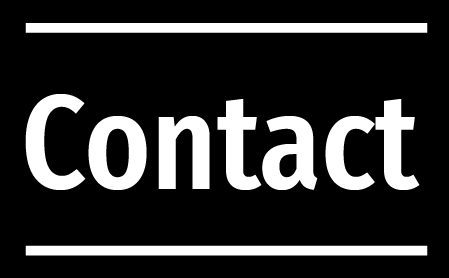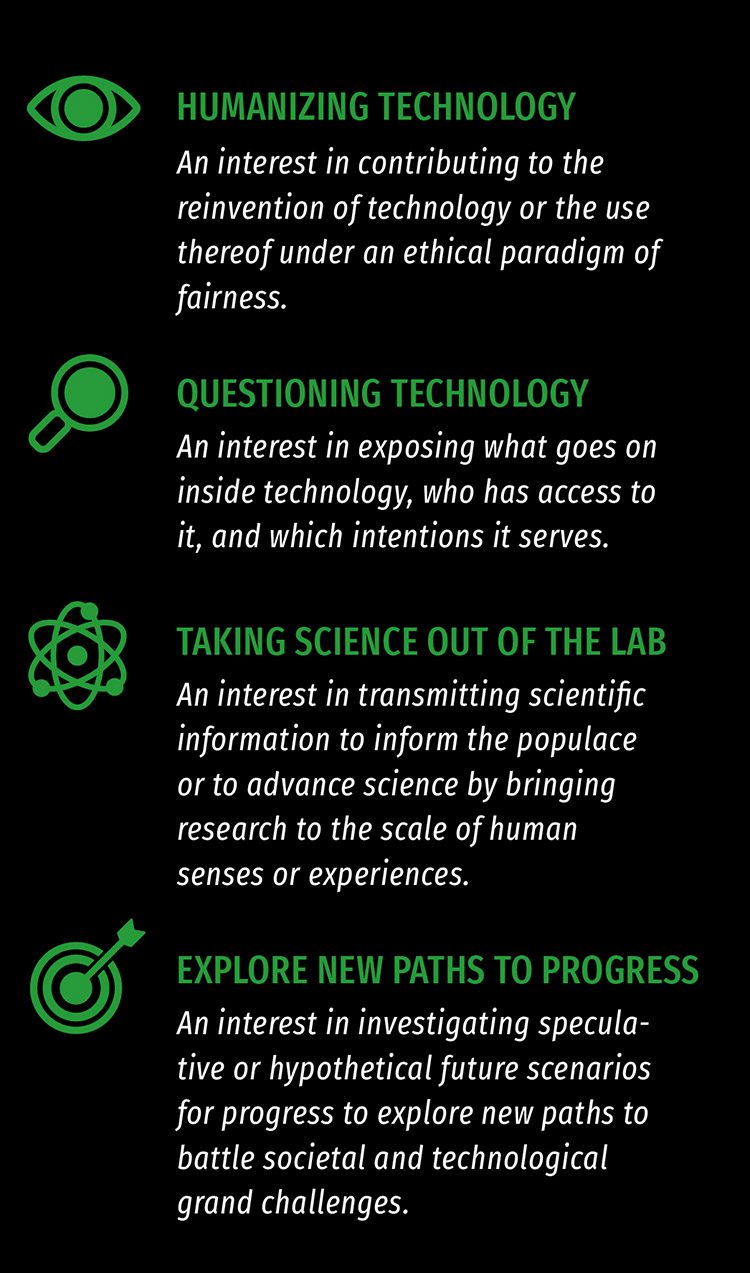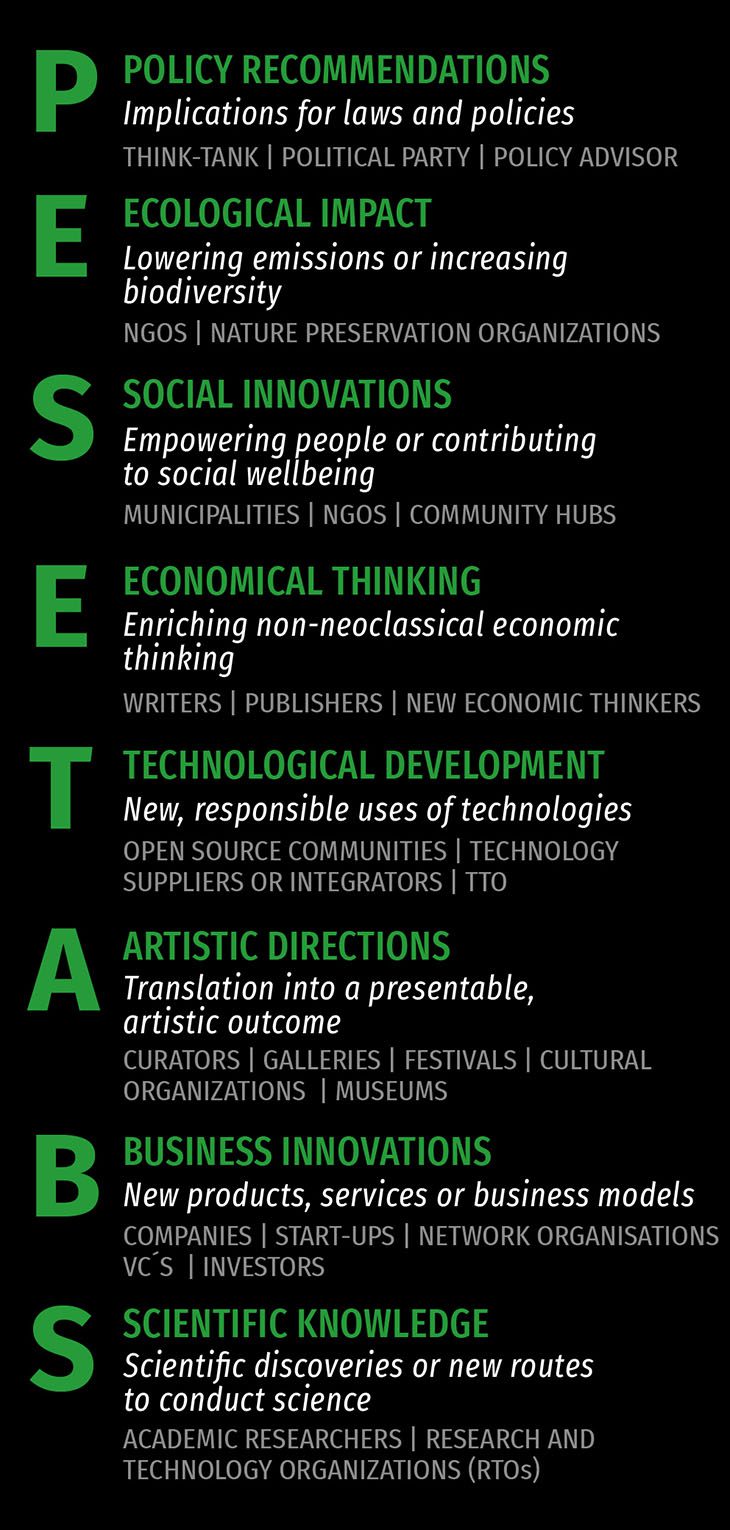On the occasion of the Witteveen+Bos Art+Technology Award 2019, which has been awarded to Evelina Domnitch and Dmitry Gelfand, In4Art wrote an essay to accompany a book on their work.
It was with great interest and pleasure that we analysed the work of this intriguing artists duo – that made their career of making the invisible visible and giving us the opportunity to experience with various senses the phenomenological outings of nature. Therefore, we titled the essay ‘Performing with Nature’ in which we deep dive into a new breed of explorers and the societal value of their work.
The book was released during the award ceremony on November 7th, where the artists received the first copy. It can be downloaded directly from the overview website.
Next to that, In4Art also gave a talk reflecting on the 18 winners of this unique Art+Technology Award. This talk was a teaser for a workshop, that will be created for Witteveen+Bos to enhance and show the inspiration, insight and potential of their Award winners. It linked various winners to the 7 sustainable design principles that are embedded in the work of Witteveen+Bos; giving us insight on multifunctionality, circularity and flexibility. In the workshop the Art-Driven Innovation method will be applied to give engineers a framework of translating the insight from the Award winners into their own work and business.
‘Performing with Nature’ is an essay that accompanies the publication to honour the artistic duo Evelina Domnitch and Dmitry Gelfand as the winners of the 2019 Witteveen + Bos Art + Technology Award. It places their work in the broader context of what Ruben Jacobs calls ‘artonauts’; a new breed of explorers and elaborates on the design principles that this duo holds in unleashing subtle unseen phenomenological performances to our senses.
It starts as follow:
For a long time, science and art have each existed in search of the invisible. And more and more, this search exposes us to an idea that has always existed in nature: All living matter influences evolution and is interconnected via continuous feedback systems. Whether we label this concept biomimicry, building with nature, or feedback dynamics, it poses an engineering challenge. Simply put, in order to innovate responsibly, we must proactively seek out the unintended consequences of our actions, and welcome them as new problems to be solved.
The full Dutch version can be read here. If you are interested, you can also request the English version.





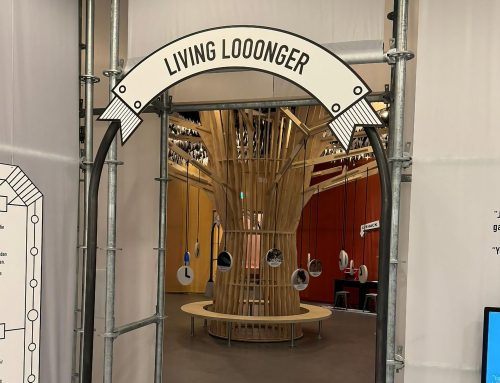


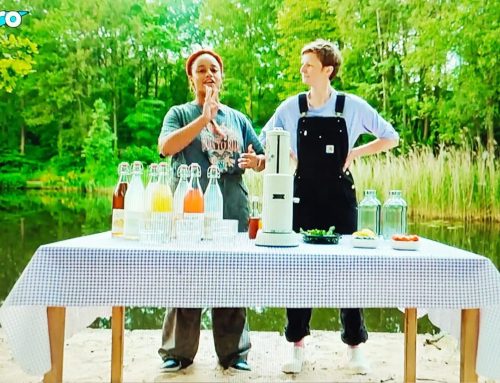
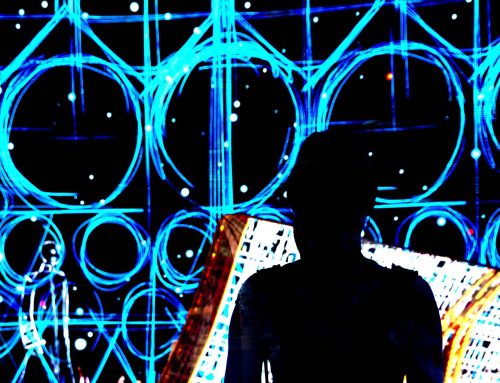
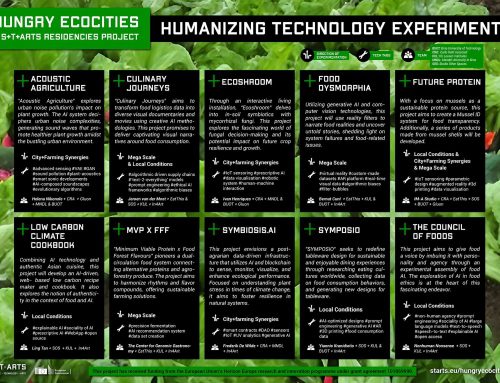
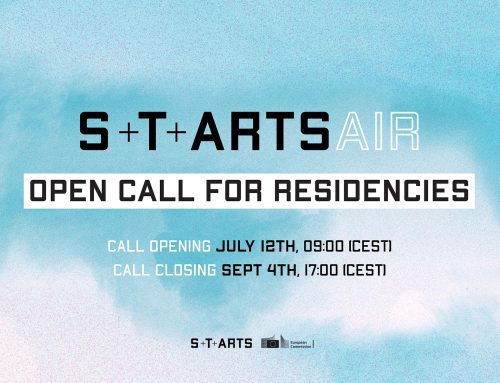

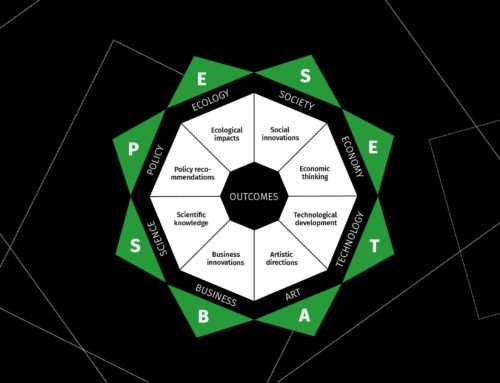


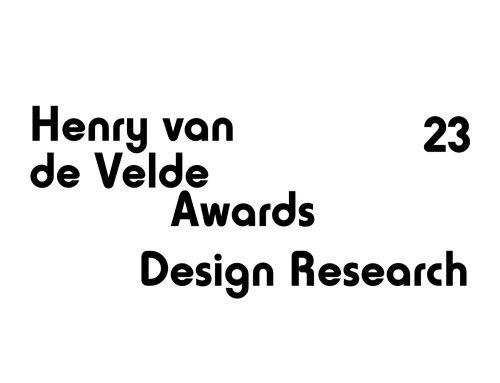
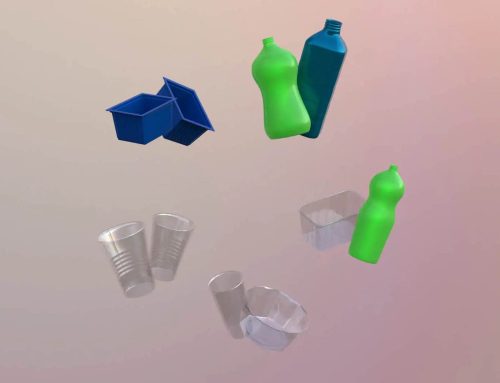

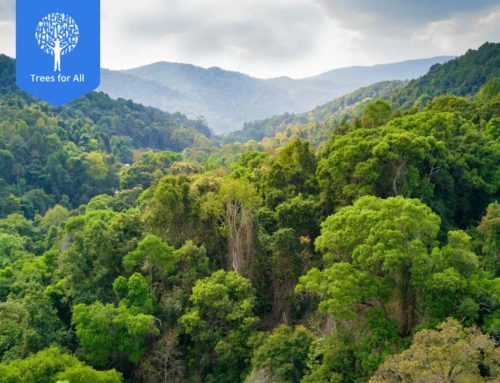
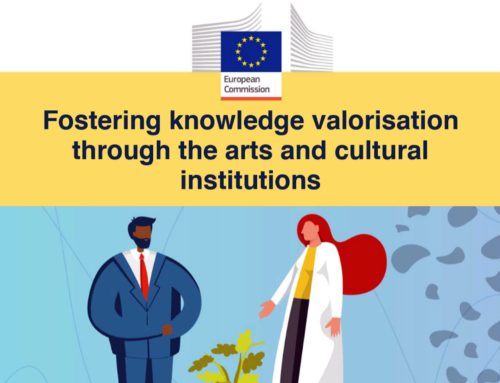
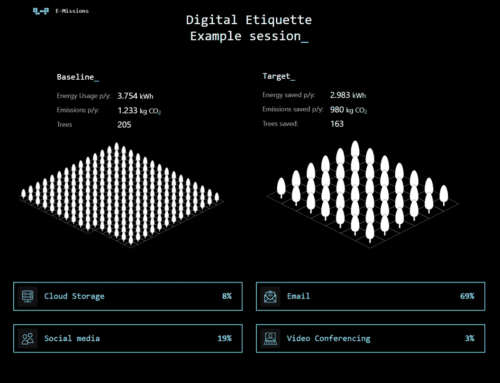

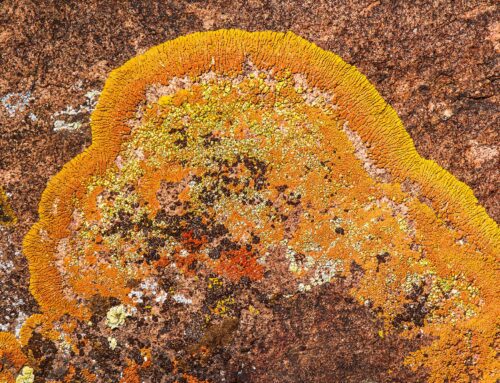


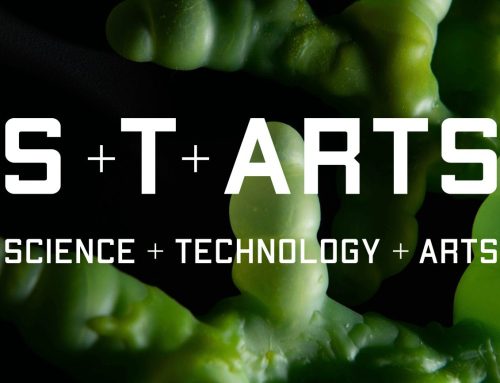


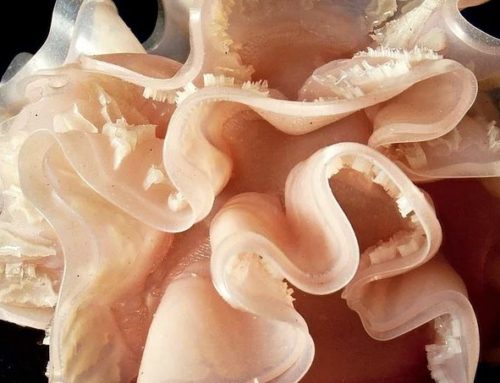
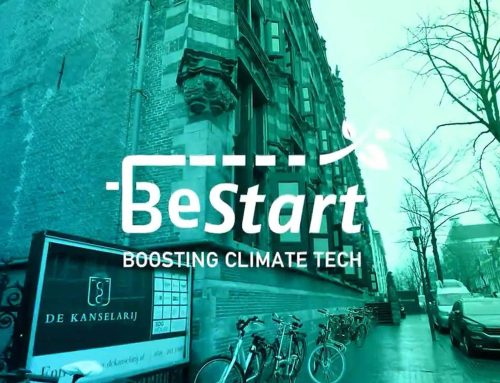
![Get ready to experience Transnational Activation of Simultaneous Touch [TAST] – 19 May 2022 – 22 May 2022 at V2_ in Rotterdam](https://b2035236.smushcdn.com/2035236/wp-content/uploads/2022/04/TAST-Marnix-de-Nijs-500x383.jpg?lossy=1&strip=1&webp=1)
